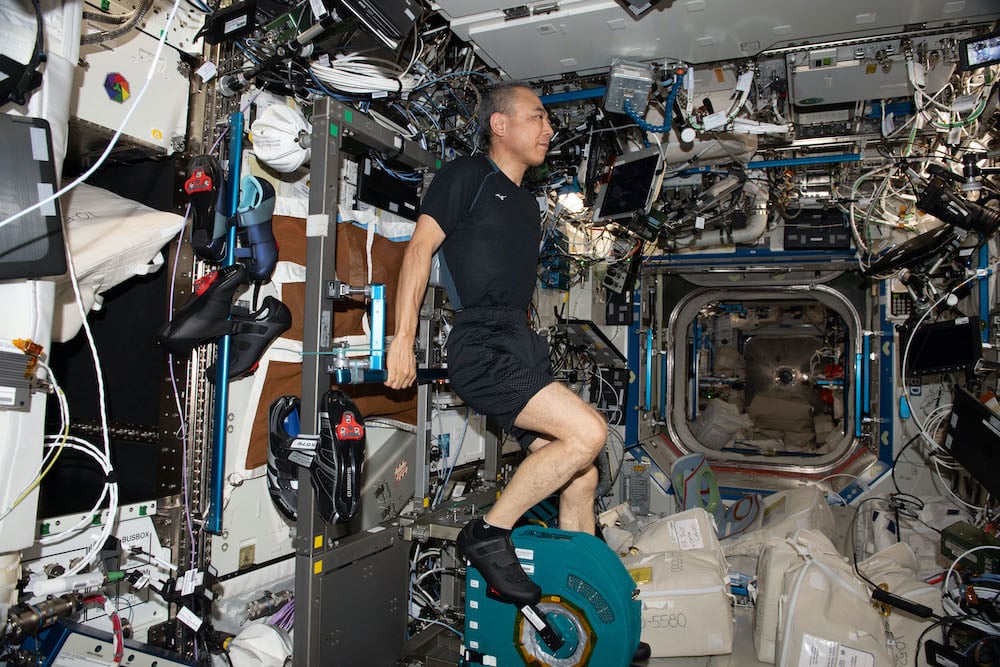When astronauts finally reach Mars, they'll face a unique challenge: walking and working in gravity that's only 37% as strong as Earth's. After spending months in the weightlessness of space, their weakened muscles and bones will struggle to cope with even this reduced gravity. Now, researchers at the University of Bristol have developed a promising solution; a soft, wearable exosuit powered by inflatable "bubble muscles."
A typical Mars mission involves about 1,000 days of travel, with roughly 40% spent in zero gravity during the journey to and from the Red Planet. During this time, astronauts lose significant muscle mass, up to 20% per month, and bone density decreases by 1-2% monthly. When they finally land on Mars, they'll need to perform demanding tasks like lifting equipment and walking long distances, but with bodies severely weakened by prolonged spaceflight.
 Mars, the red planet and the next 'new' destination for human spaceflight requiring innovative space suit design. (Credit : Kevin Gill)
Mars, the red planet and the next 'new' destination for human spaceflight requiring innovative space suit design. (Credit : Kevin Gill)
Current solutions, like the 2-hour daily exercise routines astronauts follow on the International Space Station, only provide limited protection. Rigid robotic exoskeletons have been proposed as alternatives, but they're heavy, bulky, and difficult to integrate with spacesuits.
 JAXA (Japan Aerospace Exploration Agency) astronaut Satoshi Furukawa pedals on the upgraded CEVIS system. (Credit : NASA)
JAXA (Japan Aerospace Exploration Agency) astronaut Satoshi Furukawa pedals on the upgraded CEVIS system. (Credit : NASA)
The Bristol team, led by Emanuele Pulvirenti have released a paper detailing an innovative approach which uses "Bubble Artificial Muscles" (BAMs); lightweight, pneumatic actuators that contract when inflated with air. Think of them as sophisticated versions of those arm floats used in swimming pools, but engineered to provide precise muscle assistance.
Three of these bubble muscles work together to help astronauts bend their knees during walking. When inflated, they contract and provide extra force to assist leg movement, compensating for the astronaut's weakened muscles while maintaining natural walking patterns.
The researchers built a sophisticated robotic leg to simulate walking in Martian gravity and tested their exosuit's performance. The results were encouraging: the device successfully increased both the maximum knee-bending angle and the speed of leg movement. Importantly, it didn't interfere with natural walking rhythm, a crucial factor for real world use.
The system proved most effective when providing assistance throughout larger portions of the walking cycle, demonstrating that it could genuinely help restore more Earth-like movement patterns on Mars.
While designed for space exploration, this technology could have significant applications on Earth. The lightweight bubble muscle exosuits makes them ideal candidates for helping people with mobility challenges too, offering a more comfortable and natural alternative to rigid mechanical supports.
The research represents an important step toward making long duration space missions more feasible, ensuring that when humans finally walk on Mars, they'll have the technological assistance needed to explore and work effectively on our neighboring planet.

